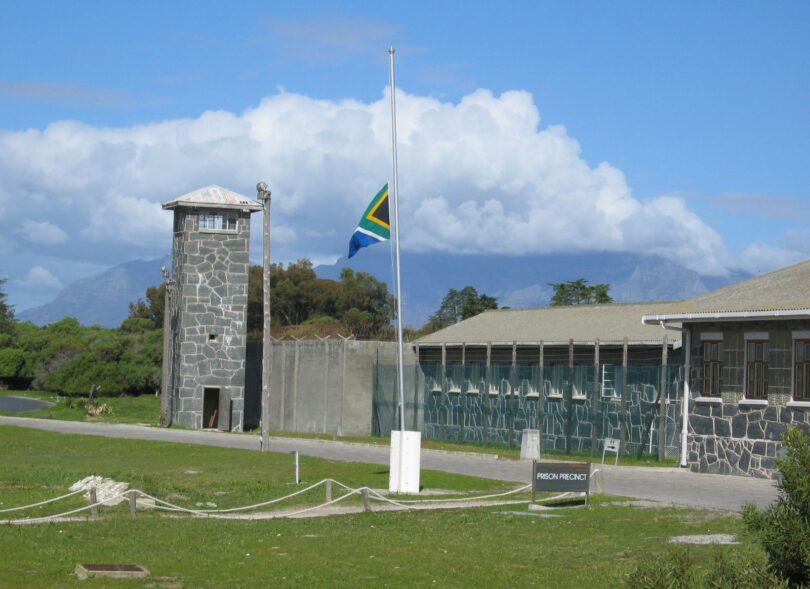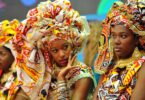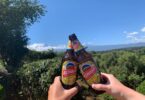Dark tourism in Africa isn’t as popular as in other continents such as Europe, Asia and North America. However, Africa has several dark destinations whose history details human struggle centuries ago. These historical sites evoke deep emotions about how human beings turn against each other and how power in the wrong hands is oppressive.
Conversely, these sites represent socio-political-economic evolution centuries later. They exist to tell a harrowing tale of Africa’s journey to independence to global travellers. Not to mention how they promote tourism and culture in the communities they are domiciled in.
Table of Contents
What is the Concept of Dark Tourism?
Dark tourism concept revolves around visiting historical sites associated with agony, grief and human suffering. Historians also refer to it as grief tourism or thanatourism. Every continent across the world has such sites reeking of human fascination towards inflicting grief and pain on others. These acts lacked empathy marking the existence of dark tourism in Africa. African societies continue to learn how a lack of human empathy adversely impacts lives.
Thus, the whole concept of dark tourism enlightens generations on the extent ancient human beings went to bring tragedy to others. It’s a lesson on Africa’s cost of freedom economically, politically and socially. Grief, suffering and loss of life have created a roadmap for reflection by governments and communities. Further, it’s a way to honour the ancestors’ memories whose suffering played a big role in shaping African history.
Dark Tourism in Africa Destinations
These are the nine famous places holding the history of dark tourism in Africa; East Africa, West Africa, Southern and Northern Africa.
1. Robben Island (South Africa)
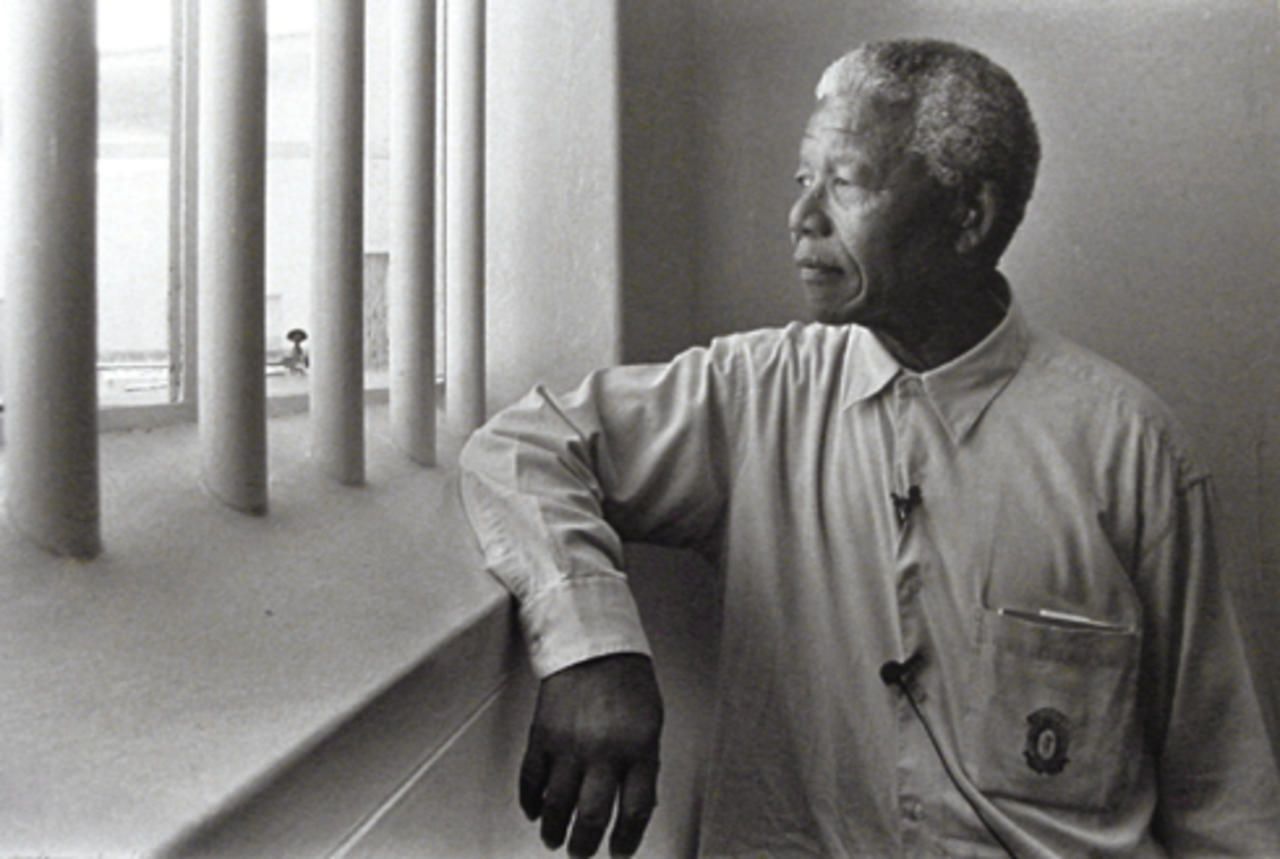
Robben Island Prison in South Africa where the late Nelson Mandela spent 18 years. Photo/
The late Nelson Mandela spent 18 years at Robben Island Prison located on Cape Town’s off-coast. Mandela served his sentence on the Island from 1964 to 1982 before being transferred to Pollsmoor Prison and Victor Verster Prison respectively together with other political prisoners advocating against apartheid rule. Robben Island signifies freedom and human rights struggle in South Africa.
2. Nelson Mandela Capture Site (South Africa)
Mandela was arrested near Howick in 1962 before his 27-year prison sentence began in 1964. This became a popular place for dark tourism in Africa later named as Nelson Mandela Capture Site. It has an emotive sculpture of Mandela in distress. The site details Mandela’s anti-apartheid advocacy and the sacrifice he made to liberate South Africa.
3. Murambi Genocide Memorial (Rwanda)
Murambi Genocide Memorial was a technical school but is now a memorial site honouring the memories of Rwanda’s 1994 genocide victims. The infamous Hutu and Tutsi war claimed the lives of over 800,000 people in 100 days. Murambi Genocide Memorial has preserved skeletons of the genocide victims.
4. Kigali Genocide Memorial (Rwanda)
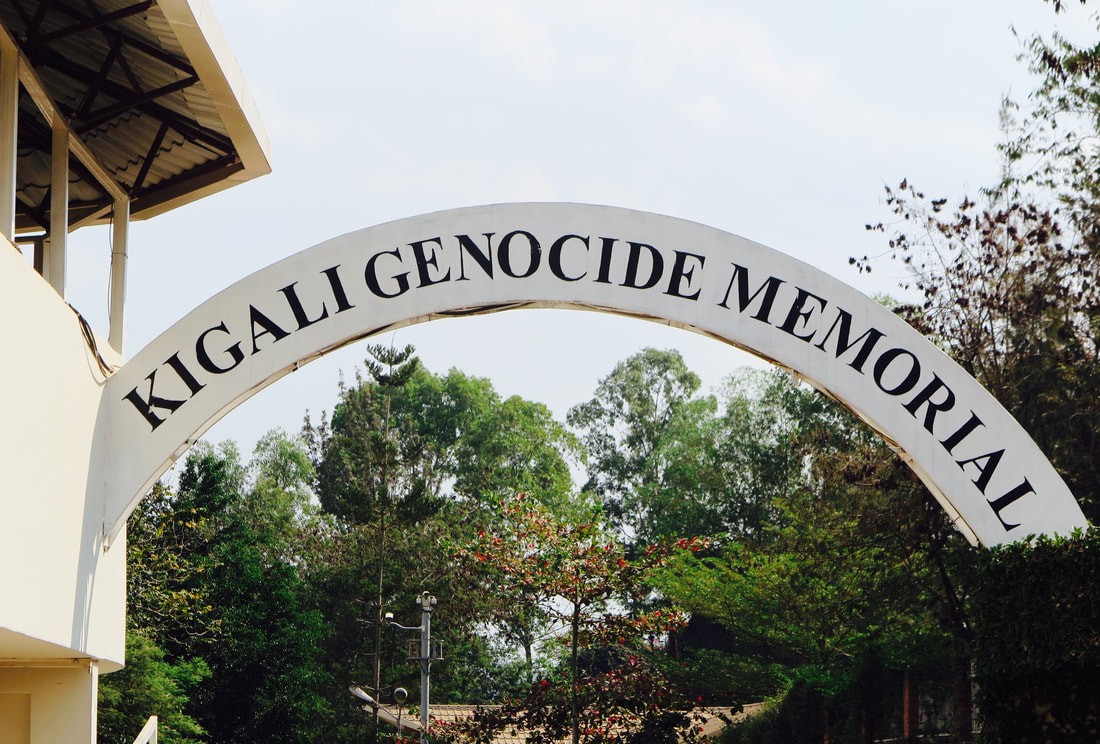
Kigali Genocide Memorial [Photo by New Horizon Tours and Services]
5. Maison des Esclaves (House of Slaves) in Senegal
Goree Island features in the list of dark tourism in Africa. It’s home to Maison des Esclaves (loosely translating to House of Slaves). Senegal was a notorious spot in the transatlantic slave trade. Black slaves were held at Maison des Esclaves before being shipped to America. It’s now a museum holding very gory details of slavery that Africans were subjected to.
6. Elmina Castle (Ghana)
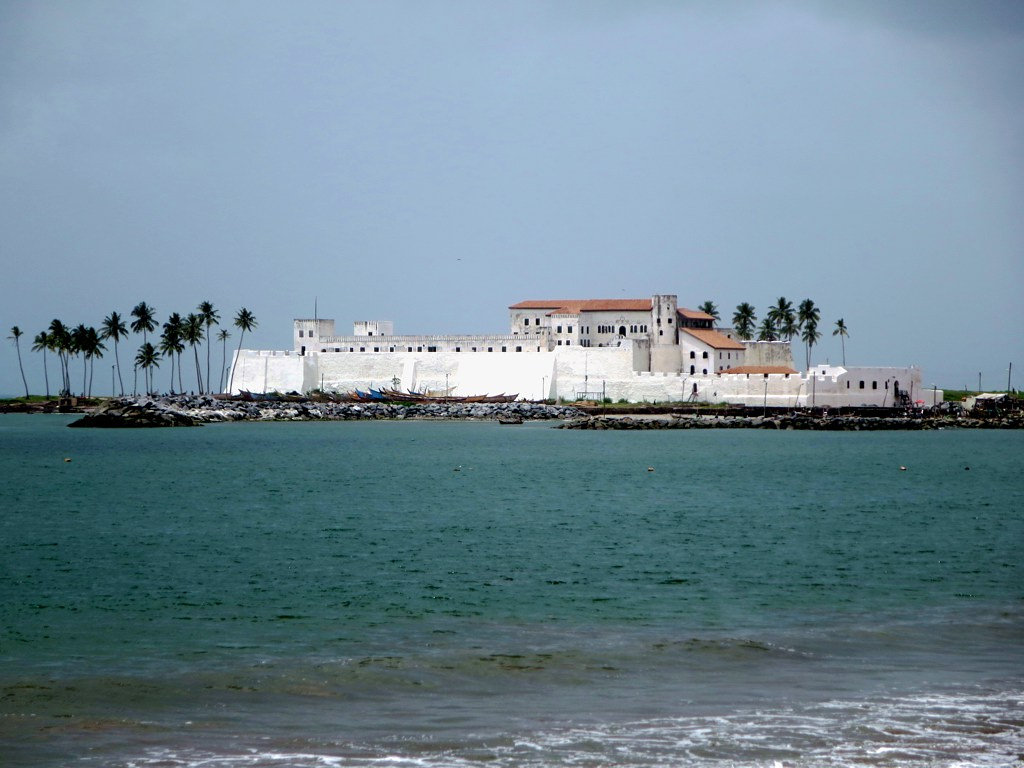
As African American, visit Elmina Castle in Ghana. Photo/culture Trip
Elmina Castle still maintains its original architecture as dungeon where African slaves stayed before being shipped to Europe during the transatlantic slave trade. Ghana has preserved the entire structure of the castle centuries later.
7. Cape Coast Castle (Ghana)
Cape Coast Castle is now a museum with harrowing accounts of the inhumane conditions slaves were subjected to during the transatlantic trade era. Its dungeons lacked humanity by every measure.
8. Meknes Qara Prison (Morocco)
Moulay Ismail built Meknes Qara Prison during his reign as the sultan of Morocco between and 1672 to 1727. The Moroccan sultan also known as Ismail Ibn Sharif was an Arab proponent of dark tourism in Africa. He built the torturous prison holding thousands of inmates subjected to brutality.
9. Red Terror Martyrs’ Memorial Museum (Ethiopia)
Red Terror Martyrs’ Memorial Museum marks a dark chapter in Ethiopian history. Its creation goes back to 1977 during the Red Terror uprising championed by the Derg. The Derg was a military Junta that deposed Emperor Haile Selassie in 1974 and sparked a fierce political uprising.
The ruling military junta started the Red Terror as a way to quell dissent from opposing political groups. Mass arrests, brutality and extrajudicial killings were used to silence all dissenting groups. Today, the museum documents all human atrocities with a blow-to-blow account.
More people are angling towards dark tourism for different reasons. Some visitors visit these sites for reflection and to honour the victims. The education value they bring to communities is priceless.
Frequently Asked Questions (FAQs)
- Which country is famous for dark tourism?
Poland is the most famous country in the world for dark tourism. Polish dark tourism destinations such as Auschwitz-Birkenau sprung during the Holocaust and World War II.
- Who invented dark tourism?
Malcolm Foley and John Lennon invented ‘dark tourism’ in 1996 to describe historical destinations associated with a history of grief, brutality and death. Foley and Lennon were faculty members at Glasgow Caledonian University in Scotland.
- Why are people attracted to dark tourism?
People are attracted to dark tourism for educational, cultural, and historical reasons.


